Sarnath – History , Located, & Sarnath Temple Stupa
Sarnath, also known as Sarangnath, Isipatana, Rishipattana, Migadaya, or Mrigadava, is situated 10 kilometers (6.2 miles) northeast of Varanasi, near the confluence of the Ganges and the Varuna rivers in Uttar Pradesh, India.
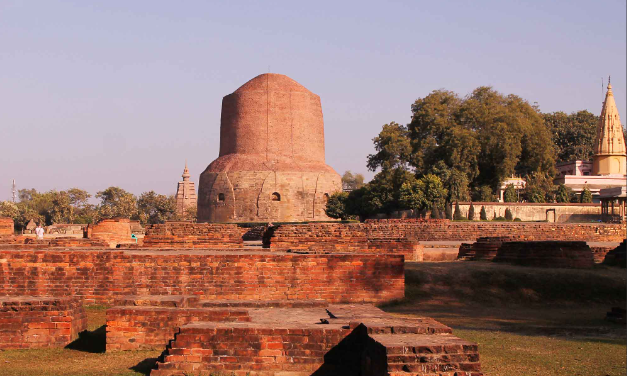
Sarnath, also known as Sarangnath, Isipatana, Rishipattana, Migadaya, or Mrigadava, is situated 10 kilometers (6.2 miles) northeast of Varanasi, near the confluence of the Ganges and the Varuna rivers in Uttar Pradesh, India.
As per Buddhist tradition, Sarnath is the place where, around 528 BCE, at the age of 35, Gautama Buddha delivered his first sermon after achieving enlightenment at Bodh Gaya. It is also believed to be the place where the Buddhist sangha originated as a result of the enlightenment of his first five disciples (Kaundinya, Assaji, Bhaddiya, Vappa, and Mahanama).
According to the Mahaparinibbana Sutta (Sutta 16 of the Digha Nikaya), the Buddha identified Sarnath as one of the four pilgrimage sites that his devoted followers should visit and regard with reverence. The other three sites are Lumbini (the traditional birthplace of the Buddha), Bodh Gaya (where Buddhists believe the Buddha attained enlightenment), and Kushinagar (where Buddhists believe the Buddha achieved parinirvana).
Read Also: Qutub Minar Complex
Sarnath – History
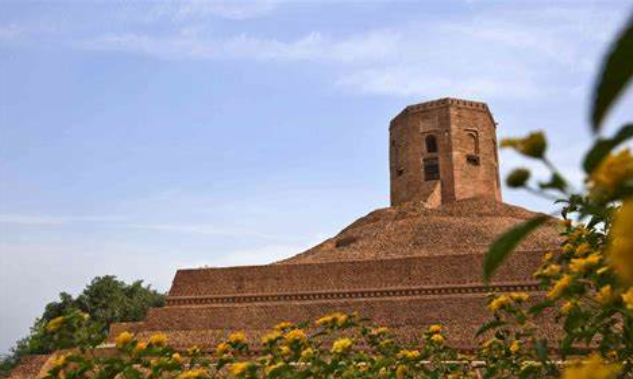
During the 5th century BCE to the 6th century CE, Buddhism thrived in Sarnath. This was particularly evident during the second urbanization period from around 600 BCE to 200 BCE, spanning the Mahajanapadas, Nanda, and Maurya eras. The support from kings and affluent merchants in Varanasi played a significant role in this growth. By the 3rd century CE, Sarnath had evolved into a key hub for the Sammatiya school of Buddhism and also became renowned for its art and architecture.
The presence of Heruka and Tara images suggests that Vajrayana Buddhism was later practiced in Sarnath. Additionally, Hindu deities like Shiva and Brahma were depicted at the site, and a Jain temple was situated in close proximity to the Dhamek Stupa.
Buddhism continued to spread in India during the Gupta period from the 4th to the 6th centuries. Faxian, a Chinese Buddhist monk, journeyed extensively across northern India between 400 and 411 CE. In his accounts of Sarnath, he described witnessing four large towers and two viharas where monks resided
Modern Of Worship

In addition to the archaeological ruins, there are a number of other pilgrimage sites and places of worship in Sarnath. Among these are included:
The modern Mulagandha Kuty Vihara is a temple constructed by the Maha Bodhi Society; it was opened to the public in 1931. Wealthy Hawaiian philanthropist and benefactor Mary Robinson Foster provided much of the financial support for this project, while Anagarika Dharmapala supervised its construction. Dharmapala was a Sri Lankan Buddhist monk who was instrumental in the revival of Buddhism in India after it had been virtually extinct in that country for seven centuries.[59] The temple contains a gilded replica of a 5th-century CE sculpture of Buddha Preaching his First Sermon. Its interior walls are extensively decorated with frescoes by Japanese artist Kosetsu Nosu (1885-1973), depicting important events in the life of the Buddha.[60]
Anagarika Dharmapala Museum & offices of the Maha Bodhi Society, located on Dharmapala Road, just south of the modern Mulagandha Kuty Vihara
A standing Buddha statue, 24.3 metres (80 feet) in height, inspired by the Buddhas of Bamiyan,[61] is located on the grounds of the Thai temple and monastery at Sarnath.[62] Construction began in 1997, and the statue was finally unveiled in 2011.[63]
A number of countries and regions in which Buddhism is a major religion (such as Cambodia, China, Japan, Korea, Myanmar, Sri Lanka, Thailand, Tibet, and Vietnam) have established temples and monasteries in Sarnath in the style that is typical for their respective cultures, so visitors can gain insight into Buddhism from the perspectives of many different cultures.[64]
A bodhi tree planted by Anagarika Dharmapala which has grown from a cutting of the one at Bodh Gaya[citation needed]
Padmasambhava Buddhist Center: Padma Samye Chokhor Ling Monastery, Orgyen Samye Chokhor Ling Nunnery, Khenchen Palden Sherab Rinpoche Stupa
Vajra Vidya Institute for Higher Buddhist Studies
Garden of Spiritual Wisdom, located on the grounds of the Chaukhandi Stupa
Gallery
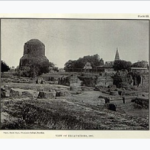





Other Tourist Attraction
Sarnath offers tourist attractions that are not related to Buddhism and spirituality, such as the Sarnath Deer Park and Fish Canal, as well as the Sarnath Turtle Breeding and Rehabilitation Centre.
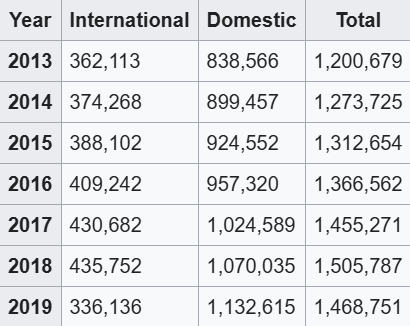
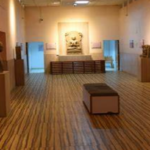
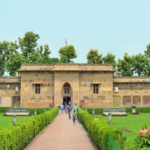
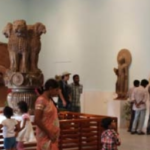
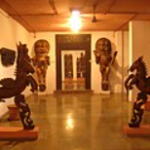
Share this content:

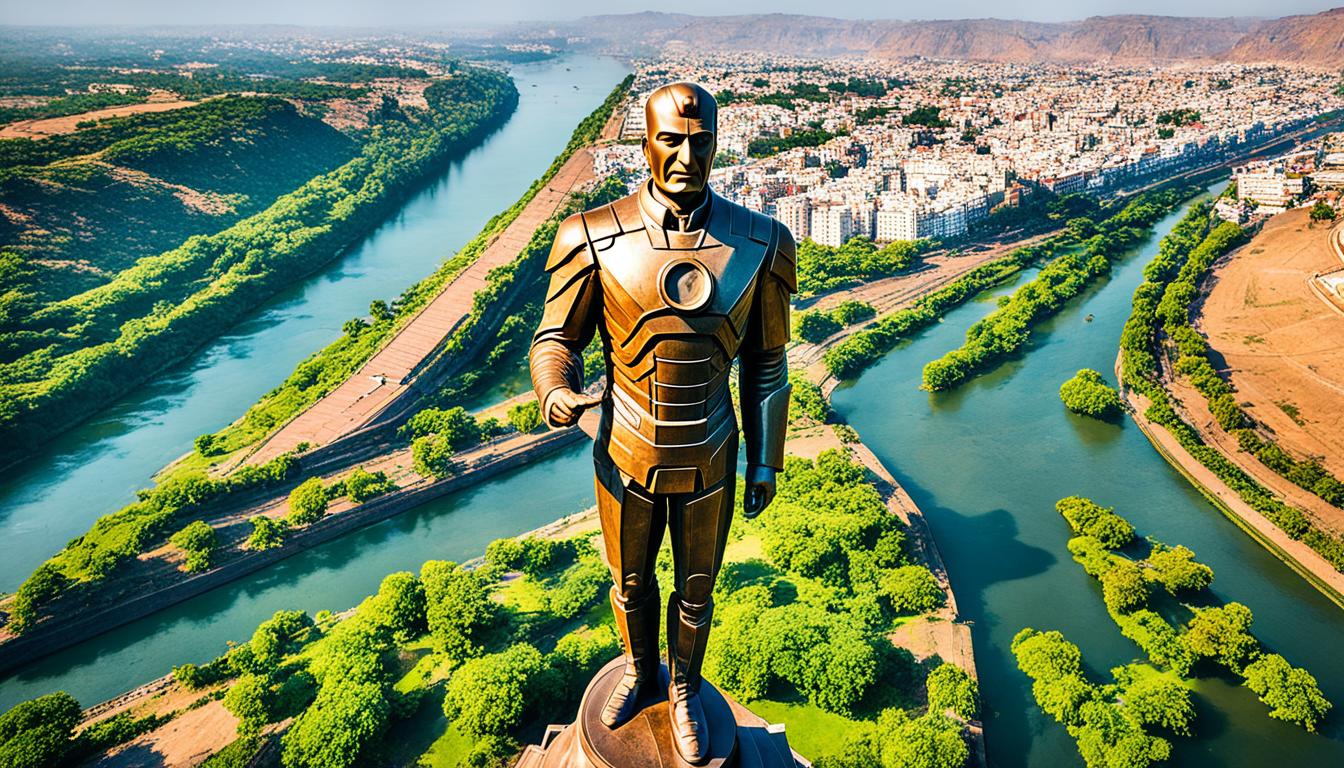
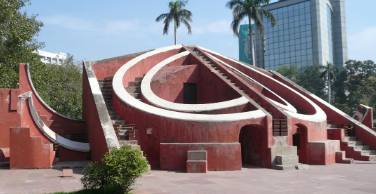
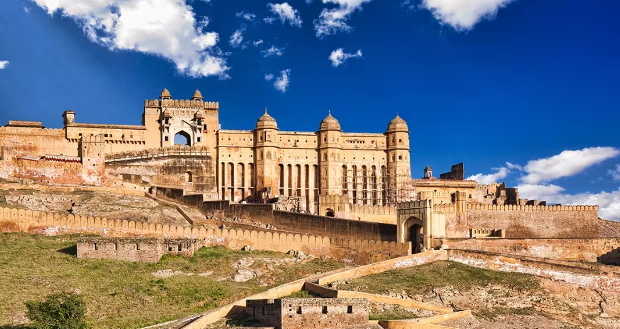










4 comments